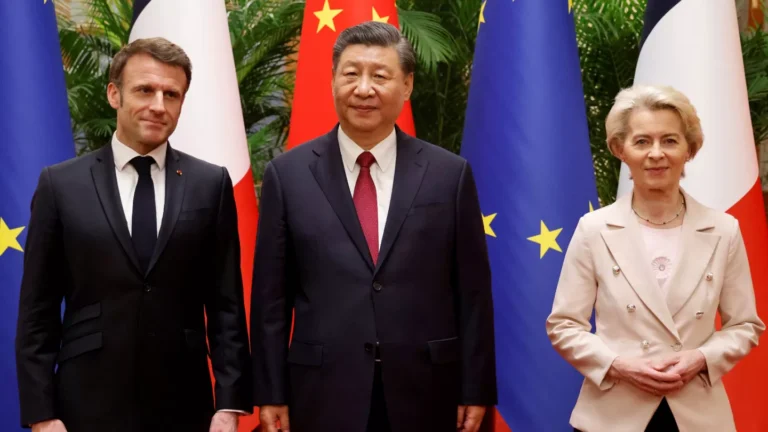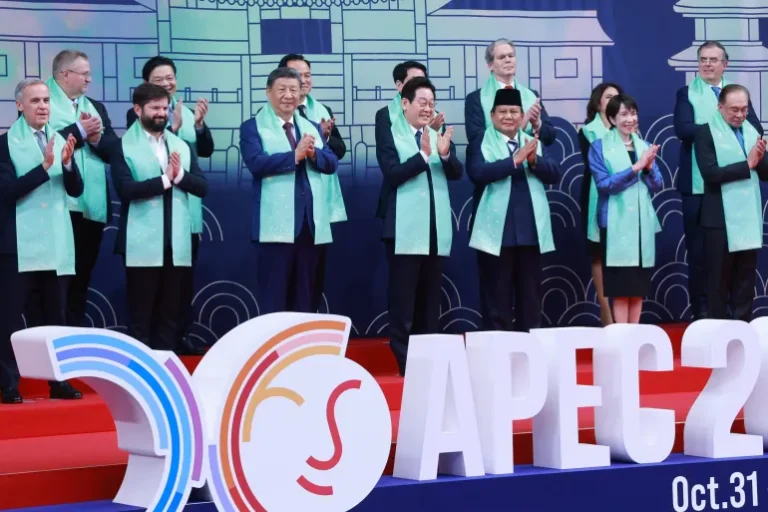
The world watched closely after the White House meeting. President Donald Trump held talks with Ukrainian President Volodymyr Zelenskyy. Immediately following the meeting, Trump proposed a dramatic end to the conflict. He called for Russia and Ukraine to stop fighting. He demanded they freeze the war along the current battle lines. This suggestion is simple. It seeks to halt the killing immediately. Furthermore, it represents a major diplomatic push. Trump is leveraging his success in brokering the Gaza ceasefire. He is now attempting to cast himself as the ultimate global peacemaker. Trump calls
The Proposal: A Freeze-for-Peace Framework Trump calls
Trump articulated his vision clearly. Trump used his social media platform late Friday. It stated that enough blood had been shed. He insisted that both nations “should stop where they are.” He declared it was time to “stop the killing, and make a DEAL!” This approach is highly pragmatic. It prioritizes the cessation of violence above all else. He suggested that property lines could be addressed later. He said they could “negotiate something later on down the line.”
This proposal avoids a complex political settlement. Instead, it offers a managed military freeze. It acknowledges the de facto front line. It stops the fighting along that line. The aim is to send soldiers home immediately. It stops the vast expenditures of money. Trump conveyed this message to both leaders. He had spoken with Russian President Vladimir Putin the day before.
Zelenskyy’s Reluctant Acceptance
The Ukrainian reaction was nuanced. President Zelenskyy responded carefully to Trump’s public call. He accepted the idea as a starting point. It is stated that the President was right. He agreed that both sides need to “stop where we are, and then to speak.” Zelenskyy clarified his goal. He sees a ceasefire along the current line as a first step. He views it as a way toward a “just and lasting peace.” However, he insisted the onus lies with Putin. Ukraine did not start this war.
Despite this partial agreement, the underlying context was tense. Zelenskyy visited Washington hoping for advanced weapons. He wanted long-range Tomahawk missiles. Trump ultimately declined the request. He cited an obligation to maintain U.S. stockpiles. This outcome was a clear disappointment for Kyiv.
The Contentious Backdrop: Pressure and Concession Trump calls
Reports from the closed-door White House meeting suggest immense pressure. Multiple sources briefed on the exchange described a difficult atmosphere. Trump reportedly urged Zelenskyy to surrender the entire Donbas region. He repeatedly echoed talking points made by Putin. He warned that Ukraine risked destruction if a deal was not quickly made.
The Territorial Swap Idea Trump calls
The discussion included a controversial “territorial swap” idea. Putin reportedly proposed this to Trump. The plan suggested Ukraine ceding the eastern regions of Donetsk and Luhansk. In exchange, Russia would offer smaller parts of the southern regions. These regions are currently partially occupied. They are Zaporizhzhia and Kherson.
Ukrainian officials view this swap as highly dangerous. They warn that surrendering the western parts of Donbas is akin to “suicide.” The rest of the country strategically vulnerable. It would reward Russia’s aggression. It would validate a seizure of territory by force. Therefore, the proposal is viewed by Kyiv as a betrayal. It comes after years of Western support.
The Shift in Trump’s Rhetoric
Trump’s position is not consistent. Just weeks prior, he had suggested Ukraine could “fight and WIN all of Ukraine back.” This latest proposal marks a stark shift. It moves toward pressuring Ukraine to make immediate concessions. He now seems focused entirely on achieving a rapid end to the conflict. His immediate concern is stopping the killing. He is willing to discuss difficult territorial compromises to achieve that goal.
The Strategic Risks of a Frozen Conflict Trump calls
Many international security experts fear this “freeze-for-peace” proposal. They see it as a significant risk.
Rewarding Aggression
A ceasefire along current lines is problematic. It allows Russia to retain control. They keep the ill-gotten gains seized since 2022. This outcome would effectively validate the use of force. It would establish a dangerous global precedent. Furthermore, it would fail to honor the sacrifices made. Thousands of Ukrainians have died defending their nation’s territorial integrity. Freezing the war rewards an outrage against international law.
The Threat of a Forever War
Experts also warn of a “Russian trap.” A ceasefire without credible security guarantees is extremely fragile. Russia could use the pause to re-arm and consolidate its gains. They could then relaunch a wider offensive later. Historically, ceasefires in interstate wars often fail. They experience minor failures quickly. They often break down entirely within months. Without strong international monitoring and robust security guarantees, a frozen conflict risks becoming a “forever war.” This conflict would be waged at a lower, more sustainable intensity. It would prevent Ukraine from ever achieving full sovereignty.
Condemnation of Occupied Populations
The most profound risk involves the civilian population. Freezing the front lines would condemn millions. They would face permanent Russian occupation. Reports detail a systematic campaign. This includes large-scale abductions and mass deportations. Furthermore, there is ideological indoctrination and forced Russification. Torture and abuse of prisoners are common. Western leaders must recognize this chilling reality. Trading land for peace means abandoning millions to a totalitarian hell. The fate of these citizens must not be forgotten.
Diplomacy’s New Reality: Pragmatism or Peril? Trump calls
Trump’s initiative is rooted in a new form of foreign policy. It is highly pragmatic. It is focused on personal impact and rapid results. They have seen success in Gaza. He now hopes to replicate it in Ukraine. He believes his personal charisma can sway egotistical leaders.
The Budapest Summit
The next major flashpoint looms soon. Trump and Putin have agreed to meet in Budapest. This summit will likely determine the framework for any potential deal. Ukraine and its Western allies are now backpedaling. They must now focus on securing robust security guarantees. They must have a credible defense arrangement. This arrangement must be in place before any direct talks with Putin begin.
Trump holds considerable leverage. Ukraine continues its long-range strikes. These target Russia’s energy infrastructure. Oil prices are low. This combination is painful for Moscow’s war machine. However, Trump has not committed to sending advanced U.S. weapons. He retains the Tomahawk missiles as an option.
The Question of Peace
The outcome will ultimately redefine global alignments. A deal that locks in Russian territorial control would be seismic. It would fracture Western unity. It would embolden Moscow. Conversely, a deal that simply freezes the conflict may offer temporary relief. It would stop the immediate killing. It would provide a chance for reconstruction. However, a true, just, and lasting peace requires more. It demands a commitment to international law. It requires respect for Ukraine’s territorial integrity.
Trump’s plea for peace is loud. It comes from the world’s most powerful leader. Nevertheless, his success hinges on one crucial factor. He must convince Putin that the cost of continuing the war is too high. He must also ensure that any ceasefire is backed by ironclad security guarantees for Ukraine. The world watches, hoping for peace, yet fearing the potential cost of compromise. Trump calls




